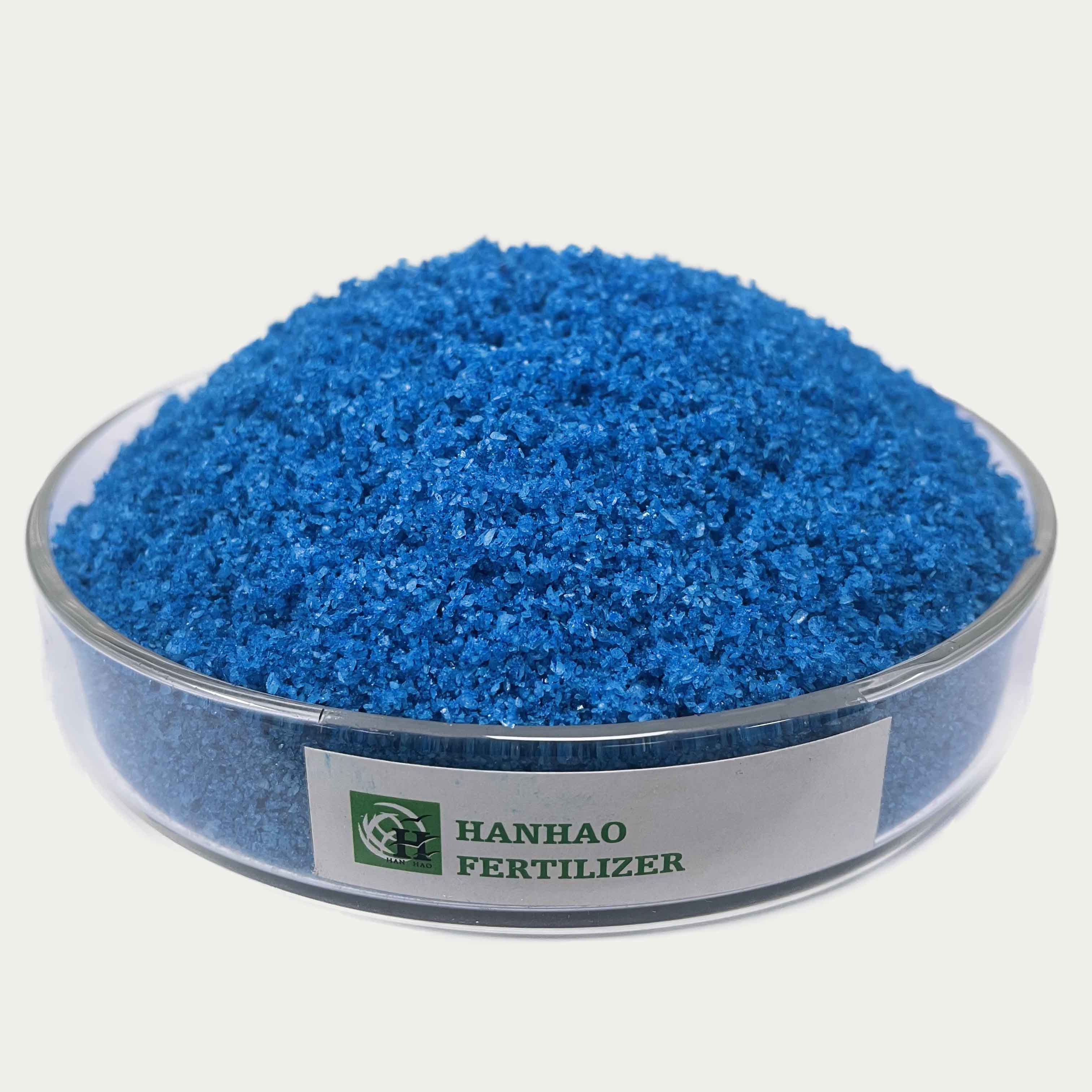
ديسمبر . 12, 2024 00:21 Back to list
urea fertilizer
The Role of Urea Fertilizer in Modern Agriculture
Urea fertilizer, a widely used nitrogen-based fertilizer, plays a crucial role in modern agriculture. As the global demand for food continues to rise, understanding the importance of urea and its application can help farmers enhance crop yields and ensure sustainable farming practices.
What is Urea Fertilizer?
Urea is a chemical compound with the formula CO(NH2)2 and is one of the most concentrated forms of nitrogen fertilizer available, containing approximately 46% nitrogen. This high nitrogen content makes urea highly effective for promoting plant growth, particularly for crops that require large amounts of this essential nutrient.
Benefits of Urea Fertilizer
1. High Efficiency Urea is significant because it provides a substantial amount of nitrogen in a relatively small quantity, making it a cost-effective choice for farmers. It enhances the protein content of crops, which is essential for both human consumption and livestock feed.
2. Versatile Application Urea can be applied in various ways, including broadcast, banding, and foliar application. This versatility allows farmers to choose the most effective method based on crop type, soil conditions, and climate.
3. Improved Soil Quality When applied correctly, urea can improve soil health by promoting microbial activity. This leads to better nutrient cycling and improved soil structure, vital for sustainable agriculture.
4. Cost-Effectiveness Compared to other nitrogenous fertilizers, urea typically offers better value for money in terms of nutrient content. This affordability makes it accessible for smallholder farmers, particularly in developing countries.
urea fertilizer

Environmental Considerations
While urea fertilizer has numerous advantages, it's essential to consider its environmental impact. Misuse or over-application can lead to nitrogen runoff, contributing to water pollution, algal blooms, and the degradation of aquatic ecosystems. Additionally, when urea is not incorporated into the soil properly, it can undergo volatilization, releasing ammonia gas into the atmosphere, which contributes to air pollution.
To mitigate these issues, farmers are encouraged to adopt best management practices, such as
- Soil Testing Before applying any fertilizer, it is crucial to conduct soil tests. This helps determine the appropriate amount of nitrogen needed for optimum crop growth, reducing the risk of over-fertilization.
- Best Timing and Method of Application Applying urea at the right time, preferably when plants can utilize it most efficiently, can minimize losses. Incorporating urea into the soil shortly after application can significantly reduce ammonia volatilization.
- Use of Enhanced Efficiency Products Some newer urea formulations are designed to minimize environmental impacts. These products, such as coated urea or stabilized urea, can reduce nitrogen losses, ensuring more of the nutrient is available to plants.
Conclusion
Urea fertilizer remains a cornerstone of modern agriculture due to its high nitrogen content, efficiency, and cost-effectiveness. However, it is vital for farmers to use urea responsibly to protect the environment and ensure the sustainability of agricultural practices. By employing soil tests, appropriate application methods, and newer technologies, farmers can maximize the benefits of urea while minimizing its environmental footprint. As the agriculture sector continues to evolve, the challenge will be to balance the need for increased food production with the preservation of our natural resources. Urea fertilizer, when used wisely, can be a powerful ally in achieving this balance.
-
Premium Amino Acid Fertilizer | Rapid Plant Growth Booster
NewsJul.31,2025
-
10 10 10 Fertilizer Organic—Balanced NPK for All Plants
NewsJul.30,2025
-
Premium 10 10 10 Fertilizer Organic for Balanced Plant Growth
NewsJul.29,2025
-
Premium 10 10 10 Fertilizer Organic for Balanced Plant Growth
NewsJul.29,2025
-
Premium 10 10 10 Fertilizer Organic for Balanced Plant Growth
NewsJul.29,2025
-
50 Pound Bags of 13-13-13 Fertilizer for All Plants – Bulk & Organic Options
NewsJul.28,2025
